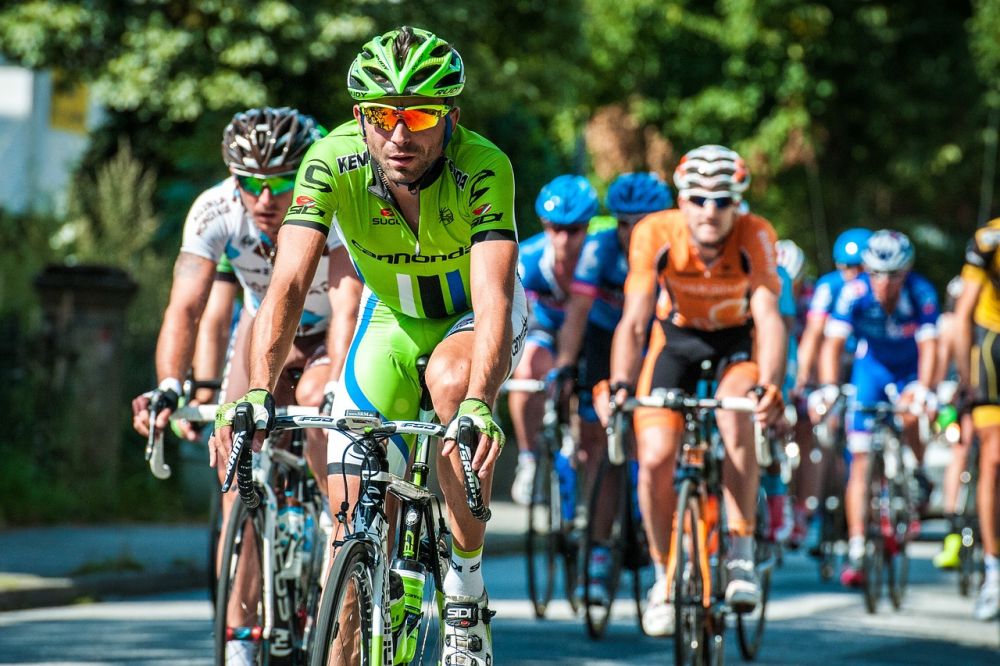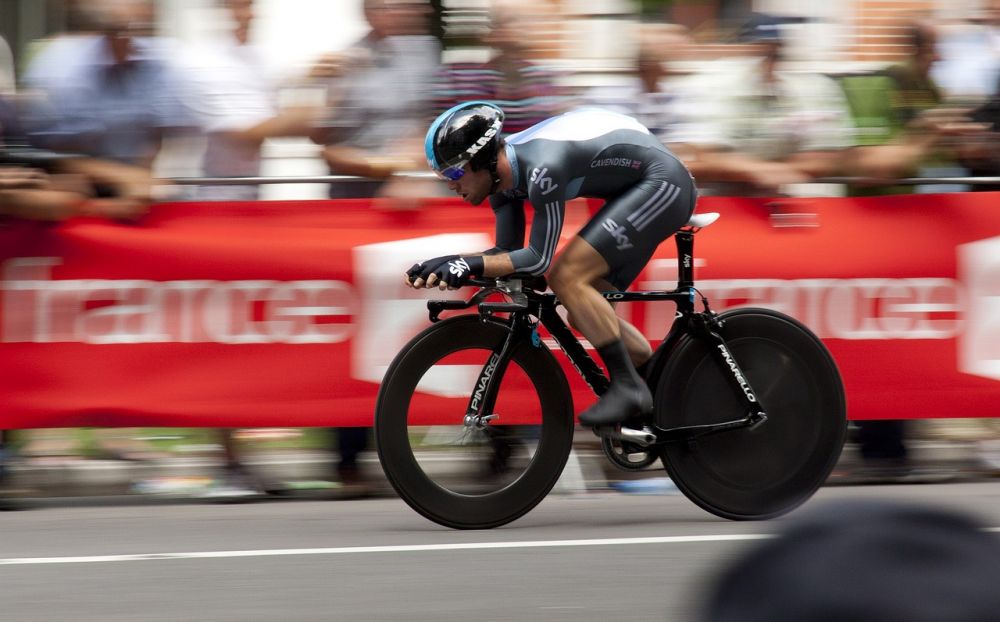Tour de France Standings: A Comprehensive Overview of the Iconic Cycling Race

Introduction:
The Tour de France is one of the most celebrated and prestigious cycling races in the world. As the ultimate test of endurance, determination, and skill, it captivates millions of sports enthusiasts globally. In this article, we will delve into the intricacies of the Tour de France standings, providing essential information for those who are interested in this exhilarating event.
Understanding Tour de France Standings:

The Tour de France standings serve as a comprehensive record of the race’s progress, enabling fans to follow their favorite cyclists and gain a deeper understanding of the competition. These standings reflect the current rankings and overall performance of the riders throughout the race. Points are allocated based on various factors, including stage finishes, intermediate sprints, and mountain classifications.
Historical Evolution of Tour de France Standings:
The concept of standings in the Tour de France has evolved significantly since the race’s inception in 1903. Initially, the standings were solely determined by the cumulative time taken by the riders to complete each stage. However, as the race grew in popularity and complexity, additional classifications were introduced to keep the competition intriguing.
1. General Classification (GC):
The General Classification is the most prestigious and widely recognized standings category in the Tour de France. It determines the overall winner of the race based on the cumulative time taken to complete all stages. The cyclist with the lowest total time wears the coveted yellow jersey, symbolizing their position as the race leader.
2. Points Classification:
The Points Classification awards points to riders based on their performance in intermediate sprints and stage finishes. These points reward sprinters and encourage aggressive racing throughout the stages. The rider with the highest number of points wears the green jersey, symbolizing their status as the best sprinter.
3. Mountain Classification:
The Mountain Classification recognizes the climbers who excel in tackling the most challenging ascents. Points are awarded to riders who reach the summit of designated mountains first. The rider with the most points dons the polka dot jersey, signifying their prowess in climbing.
4. Young Rider Classification:
Introduced in 1975, the Young Rider Classification highlights the best-performing cyclist aged 25 or younger. The standings for this classification are determined based on the cumulative time taken by eligible riders.
5. Team Classification:
The Team Classification emphasizes the collective effort of cycling teams in supporting their leaders and achieving success. It calculates the total time taken by the top three riders in each team and awards the leading team with the yellow numbers on their jerseys.
Achieving Featured Snippet Status:
To increase the likelihood of appearing as a featured snippet on a Google search, it is crucial to structure the article in a way that provides concise and informative bullet points:
1. General Classification (GC):
– Determines the overall winner of the race.
– Lowest cumulative time leads to wearing the yellow jersey.
– Reflects consistency and performance across all stages.
2. Points Classification:
– Awards points for intermediate sprints and stage finishes.
– Recognizes the best sprinter with the green jersey.
– Promotes aggressive racing and excitement.
3. Mountain Classification:
– Rewards climbers who conquer challenging ascents.
– Points awarded for reaching mountain summits first.
– Polka dot jersey signifies climbing prowess.
4. Young Rider Classification:
– Highlights the best-performing cyclist aged 25 or younger.
– Cumulative time determines standings.
– Showcases promising talent.
5. Team Classification:
– Emphasizes teamwork and collective effort.
– Total time of the top three riders in each team.
– Yellow numbers on team jerseys.
Conclusion:
The Tour de France standings serve as a vital component of this iconic cycling race, providing spectators with a comprehensive overview of the competitors’ progress. Through its historical evolution and diverse classifications, the standings reflect the race’s rich legacy and the multifaceted skills required to succeed. Understanding these standings enhances the excitement of following the Tour de France and celebrating the extraordinary athletes who participate in this ultimate test of endurance.





